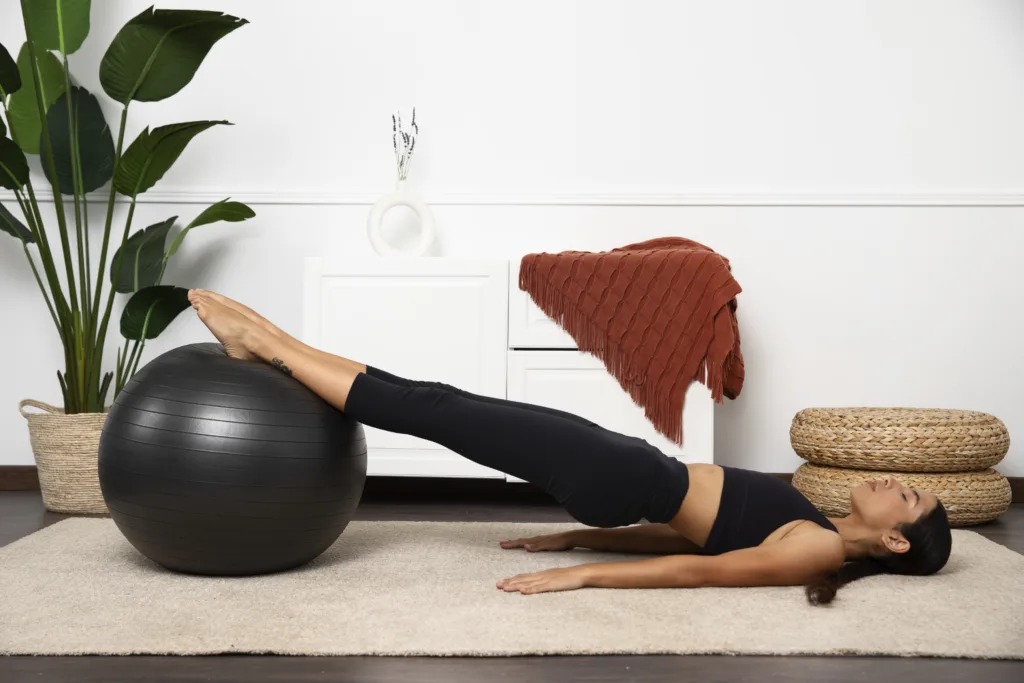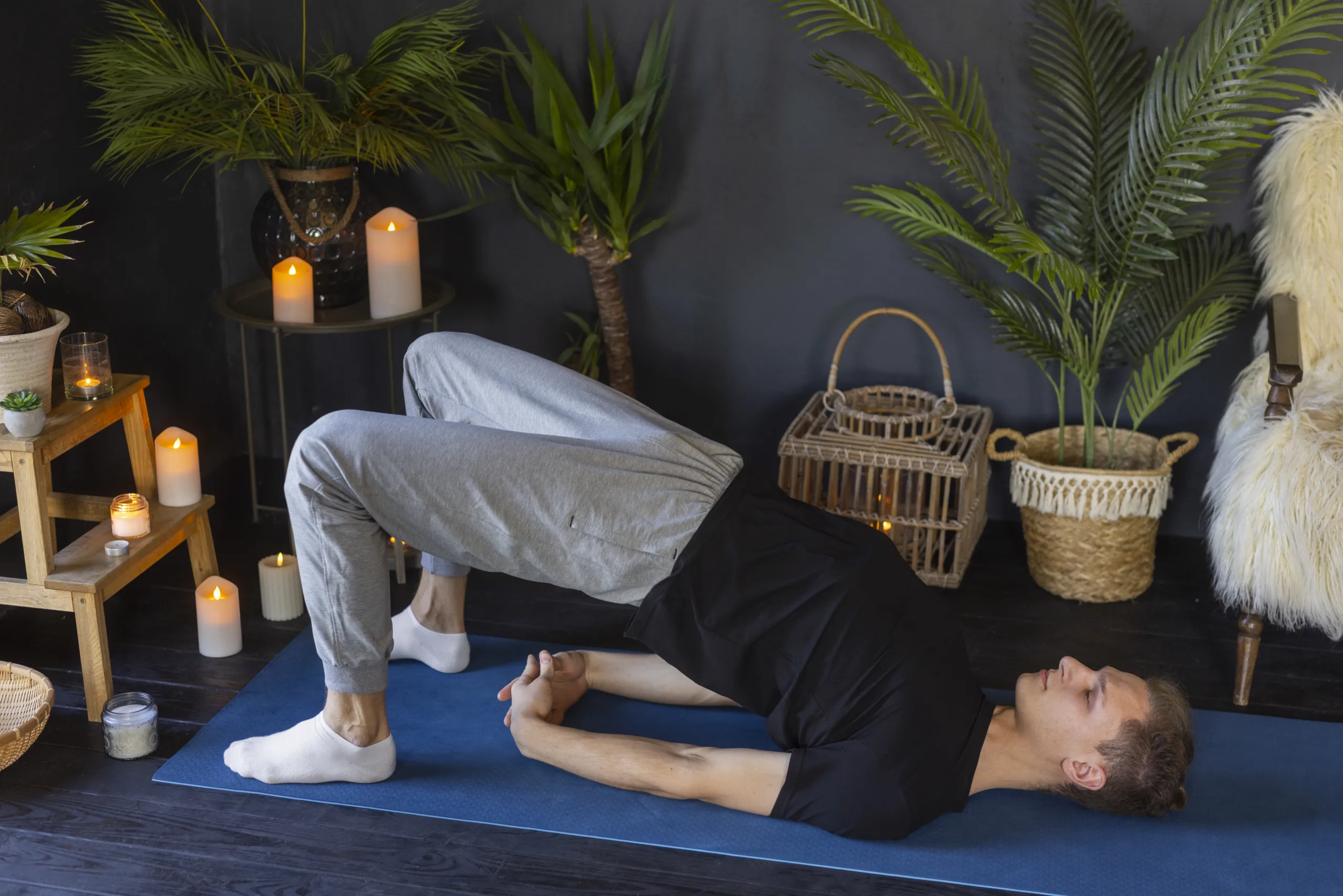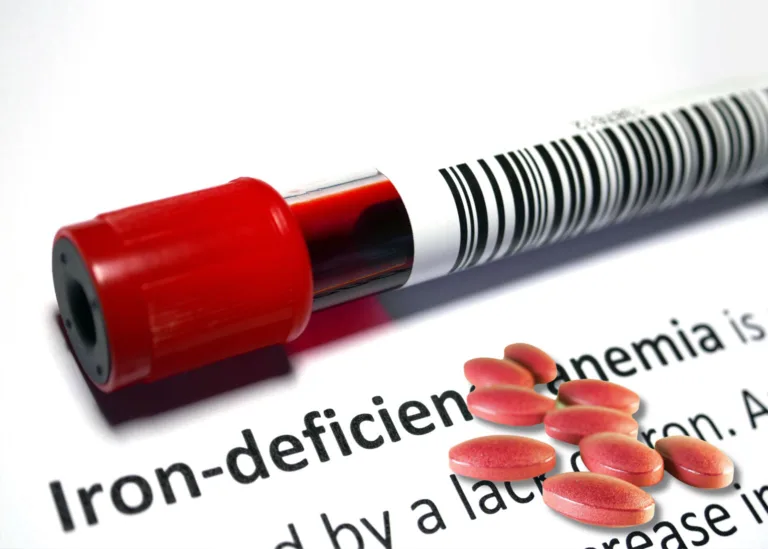Pelvic floor therapy — also called Pelvic Floor Muscle Training — helps strengthen the muscles that support your bladder, uterus, rectum, and core. One of the simplest ways to begin improving this area is by doing Kegel exercises.
Whether you’re recovering after childbirth, managing urinary leakage, preparing for menopause, or simply wanting better pelvic health, Kegels can be an important part of your wellness plan. This guide will teach you how to safely perform Kegel exercises at home, when to seek professional help, and how a pelvic floor physiotherapist can make your results more effective.
What Are Kegel Exercises?
Kegel exercises involve contracting and relaxing the pelvic floor muscles — the muscles you’d use to stop urine midstream or prevent passing gas. These muscles are essential for:
- Bladder control
- Sexual health & sensation
- Pelvic organ support
- Core stability & posture
When these muscles become weak (due to pregnancy, childbirth, aging, surgery, or hormonal changes), it can lead to:
- Urinary incontinence (leaking urine when coughing, laughing, or exercising)
- Pelvic organ prolapse (a feeling of heaviness or pressure)
- Lower back or pelvic pain
- Decreased sexual satisfaction
Who Can Benefit From Kegel Exercises?

Kegels can help:
- Women during and after pregnancy
- People experiencing bladder leakage or overactive bladder
- Men recovering from prostate surgery
- Anyone with mild pelvic organ prolapse
- Individuals seeking better sexual health or core stability
It is important to note that if you’re unsure about your pelvic floor strength, have pelvic pain, or have been diagnosed with prolapse or incontinence, it’s best to consult a pelvic floor physiotherapist before starting. Incorrect technique can worsen symptoms.
How to Do Kegel Exercises (Step by Step)
- Find the Right Muscles – Without Interrupting Urine Flow
To locate your pelvic floor muscles, try one of these (when you’re not urinating):
- Imagine stopping yourself from passing gas.
- Picture lifting the muscles inside your vagina or rectum upward.
- For women: insert a clean finger into the vagina and try to squeeze around it gently.
Avoid practicing Kegels while actively urinating. This can lead to incomplete bladder emptying and increase the risk of urinary tract infections.
You should feel the contraction at the back of the pelvic area, not the front.
2. Get Into a Comfortable Position
- Beginners: lie on your back with knees bent.
- Intermediate: sit upright with feet flat.
- Advanced: stand once you feel more confident.
3. Contract the Muscles
- Gently lift and squeeze your pelvic floor muscles (as if stopping gas or lifting a marble inside).
- Keep your buttocks, stomach, and thighs relaxed.
- Avoid holding your breath – breathe normally.
4. Relax Fully
- Hold for 3–5 seconds, then relax for the same amount of time.
- Start with 10 repetitions per session, 2–3 sessions per day.
- As strength improves, increase to 8–10 second holds.
5. Progress Gradually
- Build up to longer holds and more repetitions.
- Add “quick flicks” (rapid squeezes and releases) to train for sudden pressure like coughing or sneezing.
Health Benefits of Kegel Exercises?
- Improved bladder control — less leaking when laughing, sneezing, or exercising.
- Postpartum recovery — helps rebuild strength after childbirth.
- Enhanced sexual sensation — increased blood flow and muscle tone.
- Pelvic organ support — reduces feelings of heaviness or prolapse.
- Core and back stability — can reduce low back pain and improve posture.
When to Seek Professional Help
You should consult a pelvic floor physiotherapist if you:
- Struggle to find or activate the right muscles
- Feel pain or heaviness when trying Kegels
- Have persistent bladder leakage or prolapse symptoms
- Notice no improvement after several weeks of consistent practice
At Aniyah Care, our pelvic floor physiotherapists use evidence-based tools such as biofeedback, vaginal weights/cones, and electrical stimulation if Kegels alone aren’t enough — all tailored to your specific needs.
Final Takeaway
Kegel exercises are safe, effective, and empowering when done correctly — but proper technique matters. If you’re unsure where to start or not seeing progress, a pelvic floor physiotherapist at Aniyah Care can create a personalized plan to help you achieve real results and prevent worsening symptoms.










